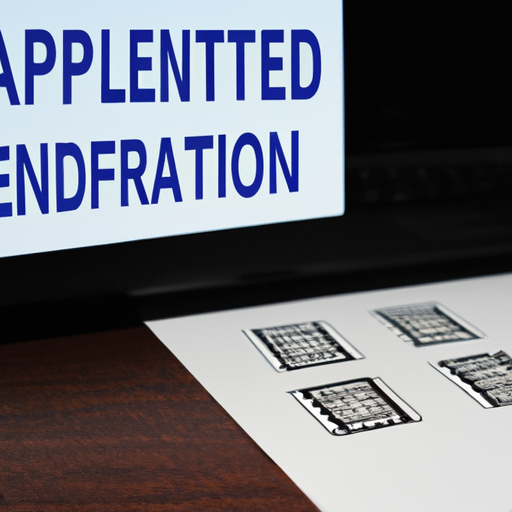Application Development in Programmable Timers and Oscillators for ECS-F1EE475K: Key Technologies and Success Stories
Programmable timers and oscillators are essential components in a wide range of applications, particularly in embedded systems, telecommunications, automotive electronics, and consumer electronics. The ECS-F1EE475K is a specific model of a programmable oscillator that can be utilized in various application development scenarios. Below are some key technologies and success stories related to programmable timers and oscillators, particularly in the context of the ECS-F1EE475K.
Key Technologies
| 1. Programmable Frequency Generation | |
| 2. Low Power Consumption | |
| 3. High Stability and Accuracy | |
| 4. Flexibility and Customization | |
| 5. Integration with Microcontrollers | |
| 6. Real-Time Clock (RTC) Functionality | |
| 1. Telecommunications | |
| 2. Consumer Electronics | |
| 3. Automotive Applications | |
| 4. IoT Devices | |
| 5. Medical Devices |
Success Stories
Conclusion
The ECS-F1EE475K and similar programmable timers and oscillators play a vital role in modern application development across various industries. Their ability to provide customizable, stable, and low-power timing solutions has led to numerous success stories, showcasing their importance in enhancing the performance and efficiency of electronic devices. As technology continues to evolve, the demand for such components will likely grow, driving further innovation and application development. The ECS-F1EE475K exemplifies how programmable oscillators can meet the diverse needs of contemporary applications, paving the way for future advancements in technology.






